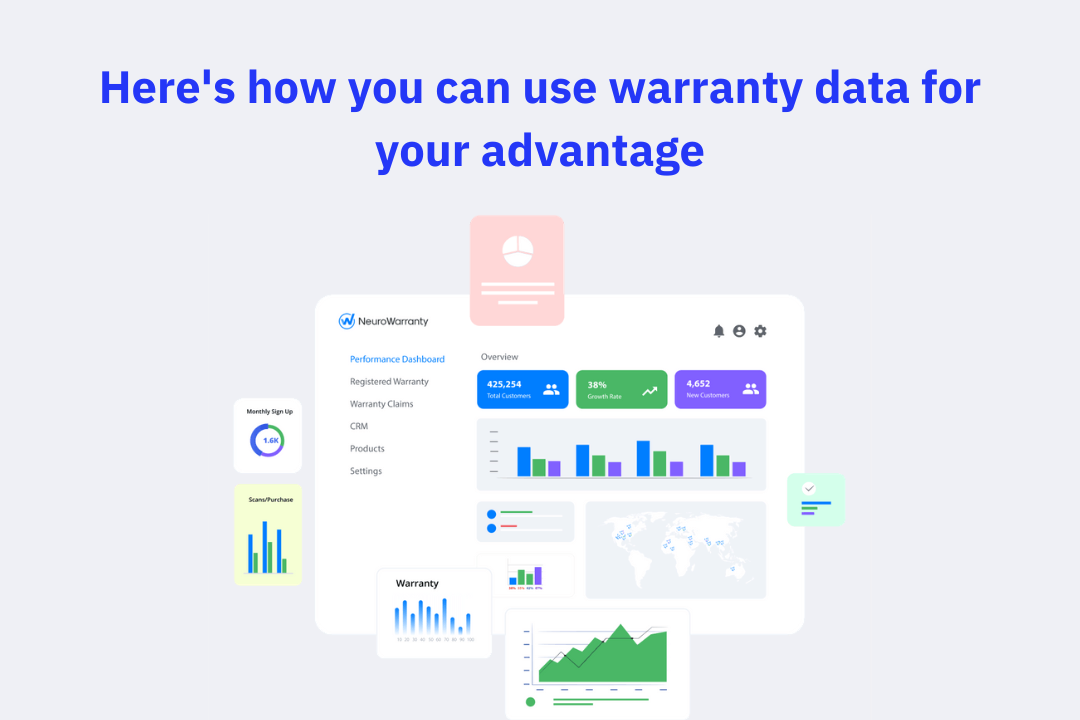
Warranty data is an important source of information for brands. It can provide valuable insights into customer satisfaction, product quality, and service issues.
By leveraging warranty data effectively, brands can improve their products and services to better meet customer needs.
What Is Warranty Data?
Warranty data is information collected from customers when they purchase a product or service with a warranty. This includes the date of purchase, the type of product purchased, any problems encountered during use, and how the problem was resolved (if applicable).
The purpose of collecting this data is to identify potential problems that may arise with a particular product or service to prevent them from occurring in the future.
How Can Brands Use Warranty Data Effectively?
1. Identify Product Quality Issues: Warranty data can be used to identify areas where products are failing or not meeting customer expectations. This allows brands to pinpoint specific components or features that need improvement so they can make necessary changes before more customers experience similar issues.
2. Improve Customer Service: By analyzing warranty data, brands can also identify common customer service issues such as long wait times or unhelpful staff members. With this knowledge, companies can take steps to address these issues and ensure customers have a positive experience when dealing with their brand’s support team.
3. Track Trends Over Time: Analyzing warranty data over time allows brands to track trends in terms of which products are experiencing more failures than others and why certain types of problems occur more frequently than others do. This helps them understand how their products are performing relative to competitors’ offerings so they can make adjustments accordingly if needed.
4. Develop New Products & Services: Finally, by looking at past warranty claims, brands can get ideas for new products and services that could potentially solve existing customer pain points.
For example, if many people complain about having difficulty using a particular feature on one device, then developing an easier-to-use version could be beneficial for both the company and its customers.
By leveraging warranty data effectively, companies have access to valuable insights into what works well for their customers –and what doesn’t–so they can continually refine their offerings based on real-world feedback. In addition, it gives them an opportunity to develop innovative solutions that address existing pain points while simultaneously creating new revenue streams.
Ultimately, effective use of warranty data enables companies to stay ahead of the competition by providing superior products and services that exceed customer expectations every time.
How can you get warranty data?
In many organizations, warranty services and claims procedures are typically handled internally and impact several departments, from the supply chain to customer service.
Advanced warranty tracking software like NeuroWarranty works by first replacing your paper-based warranty processing systems with a digital warranty management solution. Digitizing your warranty management process helps your brand by automating claims management.
A warranty tracking software allows you to handle all your post-sales support requirements from a single screen, thus saving efforts and costs.
NeuroWarranty's warranty tracking software gives you complete access to all your warranty data on easy-to-understand and customizable dashboards.
Find out the top 5 warranty management software going into 2023
NeuroWarranty's smart Analytics dashboards can give you an idea of how your product performs across various geographies and demographics and where you need to improve. This data can help your brand make better decisions in various areas of your business.


